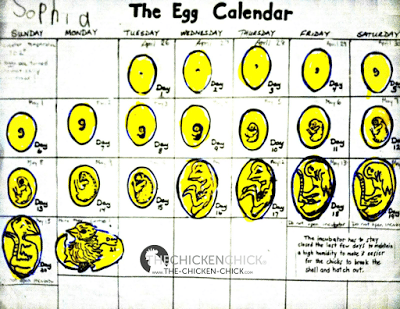
Filberts grow well in only two areas in the world, this little part of Oregon and Turkey. This was back in the day when they were called Filberts and you were a secret insider if you knew a Hazelnut and Filbert were the same thing. Filberts used to be a cute cottage crop around my area. I almost guarantee that they are doing other things to fund their homestead. The problem though is some homesteaders, even prominent ones, tell you to sell eggs. Selling eggs are a great way to recoup feed costs for your chickens but not such a great way to fund mortgages. Quite honestly, depending on your local supermarket prices and competition you may not be able to make $2 of profit for each dozen.


The price you need to sell the eggs to produce $2 profit a dozen depends on your input costs. This is based on profit and not the price you sell the eggs. That my friends is real chicken math and homesteaders giving out business advice should not pretend otherwise. 545 chickens (rounded down, it really is 545.46).įive Hundred and forty-five chickens are needed to make $2,000 a month on eggs at the profit of $2 a dozen. If you divide your monthly total of 12,000 eggs by 22 eggs per chicken you get…. If each chicken can reliably lay 5 eggs a week for a monthly total of about 22 eggs a month for one chicken. That’s 12,000 eggs people! That’s a lot of eggs. To make $2000 profit you need to sell 1,000 dozen of eggs. That is a profit accounting for feed and care, infrastructure, and time. Let’s say you can make $2 profit from each dozen sold. With inflation as it is, that is such a small amount. Let’s say you want to make $2000 a month.

Let’s look at the real math behind chickens. I am going to repeat it, eggs do not wholly fund homesteads. They are great to sell to attract customers to your farm stand to sell your other more profitable products. They are great to sell if you need to fund a small flock. Eggs are a great item to sell if you have extra eggs and want a few bucks for coffee.


 0 kommentar(er)
0 kommentar(er)
